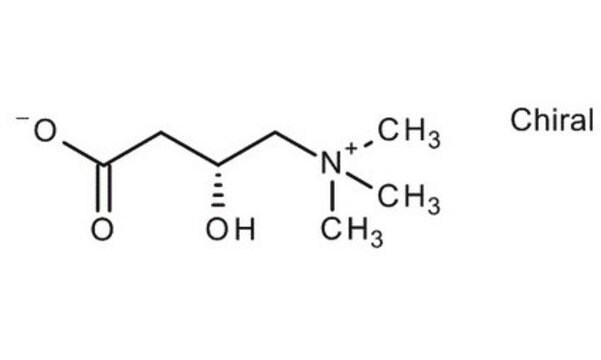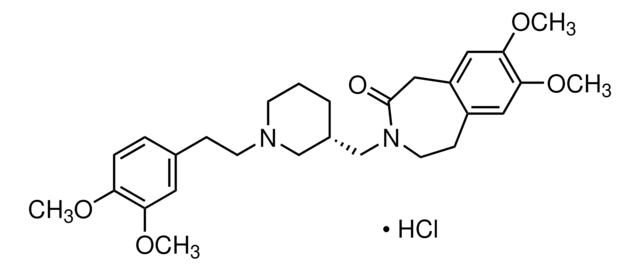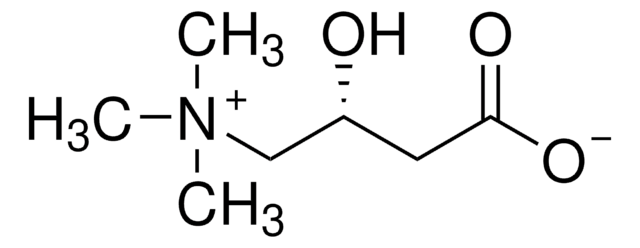Z0127
Zatebradine hydrochloride
≥98% (HPLC), powder
Synonyme(s) :
7,8-Dimethoxy-3-[3-[-N-[2-(3,4 dimethoxyphenyl)ethyl]-N-methylamino]propyl]-1,3,4,5-tetrahydro-2H-3-benzazepin-2-one hydrochloride, UL-FS49
About This Item
Produits recommandés
Niveau de qualité
Pureté
≥98% (HPLC)
Forme
powder
Conditions de stockage
desiccated
Couleur
white
Solubilité
H2O: >10 mg/mL
Auteur
Boehringer Ingelheim
Température de stockage
2-8°C
Chaîne SMILES
Cl[H].COc1ccc(CCN(C)CCCN2CCc3cc(OC)c(OC)cc3CC2=O)cc1OC
InChI
1S/C26H36N2O5.ClH/c1-27(13-9-19-7-8-22(30-2)23(15-19)31-3)11-6-12-28-14-10-20-16-24(32-4)25(33-5)17-21(20)18-26(28)29;/h7-8,15-17H,6,9-14,18H2,1-5H3;1H
Clé InChI
ZRNKXJHEQKMWCH-UHFFFAOYSA-N
Application
- as an If blocker to study its effects on cardiomyocyte clusters (CMCs)
- as a hyperpolarization-activated and cyclic nucleotide-gated (HCN) channel inhibitor to study its effects on viability of degenerating rod or cone photoreceptors in mice
- as a bradycardiac agent to study its effects on tachycardia and elevated temperature in fish
Actions biochimiques/physiologiques
Caractéristiques et avantages
Code de la classe de stockage
11 - Combustible Solids
Classe de danger pour l'eau (WGK)
WGK 3
Point d'éclair (°F)
Not applicable
Point d'éclair (°C)
Not applicable
Équipement de protection individuelle
Eyeshields, Gloves, type N95 (US)
Certificats d'analyse (COA)
Recherchez un Certificats d'analyse (COA) en saisissant le numéro de lot du produit. Les numéros de lot figurent sur l'étiquette du produit après les mots "Lot" ou "Batch".
Déjà en possession de ce produit ?
Retrouvez la documentation relative aux produits que vous avez récemment achetés dans la Bibliothèque de documents.
Notre équipe de scientifiques dispose d'une expérience dans tous les secteurs de la recherche, notamment en sciences de la vie, science des matériaux, synthèse chimique, chromatographie, analyse et dans de nombreux autres domaines..
Contacter notre Service technique








